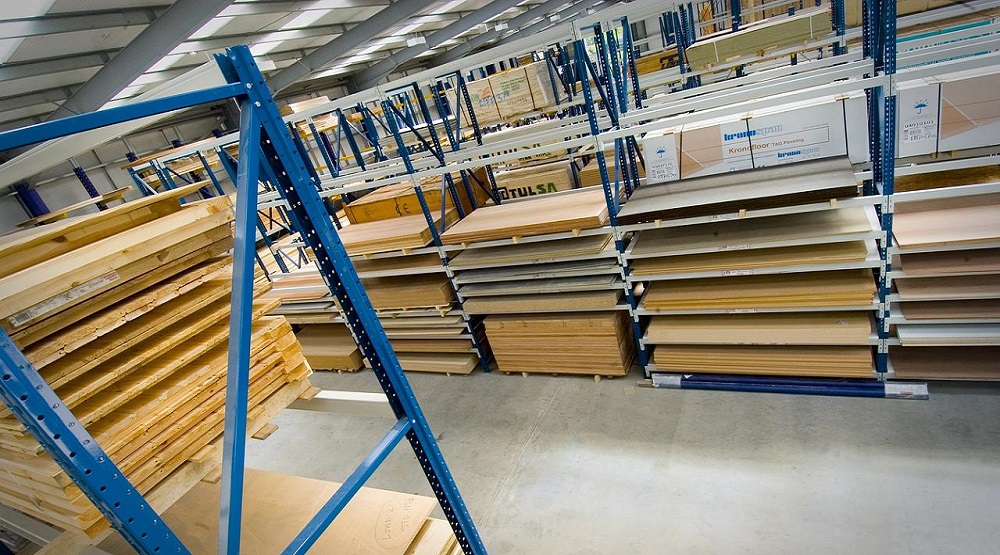BALTIMORE – With the collapse of a major bridge today at the Port of Baltimore, speculation is mounting as to the effect it’ll have on the supply chain.
The port will be closed to containers indefinitely, with Maryland Transportation Secretary Paul Wiedefeld saying all vessel traffic into and out of the port will be suspended until further notice. The facility is still open to trucks, however.
“This is a major disaster and will create significant problems on the U.S. East Coast for U.S. importers and exporters,” wrote Lars Jensen, CEO of Vespucci Maritime, on LinkedIn. “The bridge collapse will mean that for the time being it will not be possible to get to the container terminals – or a range of the other port terminals – in Baltimore. This is some 21,000 TEUs per week that now have to be routed through other ports in the region. Additionally, this means the cargo already gated into the Baltimore terminals would have to either wait an unknown period for the sea lane to reopen, or be gated back out and shifted to a different port.”
Several major retailers are known to use the port, according to CNBC, including Home Depot, Bob’s Furniture, Ikea and Amazon.
The Port of Baltimore is small compared with many of its counterparts. The port ranked 17th in the country in total tonnage entering and leaving in 2021, according to the Bureau of Transportation Statistics’ 2024 report to Congress, moving 37 million tons of cargo. In 2023, according to the Maryland government website, the port ranked ninth for both total dollar value and tonnage of international cargo, at 52.3 million tons.
In the fourth quarter of last year, it moved 265,000 containers, according to Jensen. That’s compared with 2 million containers moved over the same period by the Port of New York.
But despite its size, it has dominance over certain specific imported and exported product. In 2023, the port ranked first in the nation for handling automobiles, light trucks, farm and construction equipment, as well as imported sugar and gypsum. Top imports were cars and light trucks, salt, paper/paperboard, gypsum and plywood/veneer/particleboard, according to the government site. Top exports were coal, liquefied natural gas, wastepaper, ferrous scrap and cars/light trucks.
Plywood veneer is obviously notable for the furniture and woodworking industries. In January of this year, the port moved more than 62,000 container tons of forest product, according to the government site. That’s the largest amount moved since August 2023.
Far East American is one company to import hardwood plywood primarily through Baltimore. The company imports thin panel plywood from Indonesia, China, Russia and other countries to be used in the building industry, cabinet industry and for large specialty manufacturers, according to its site. Products moving through Baltimore include Russian birch and Chinese raw and prefinished plywood panels.
China Emburg Plywood is another company to use the port, importing plywood, film faced plywood and melamine boards to the U.S. market.
In 2020, major international forest product supplier Metsä Group signed a contract with the port. Per the agreement, Metsä leased 797,980 square feet of warehousing space at two of the port’s terminals, an increase of more than 300,000 square feet – or more than 60% – compared with its previous contract signed in 2016.
